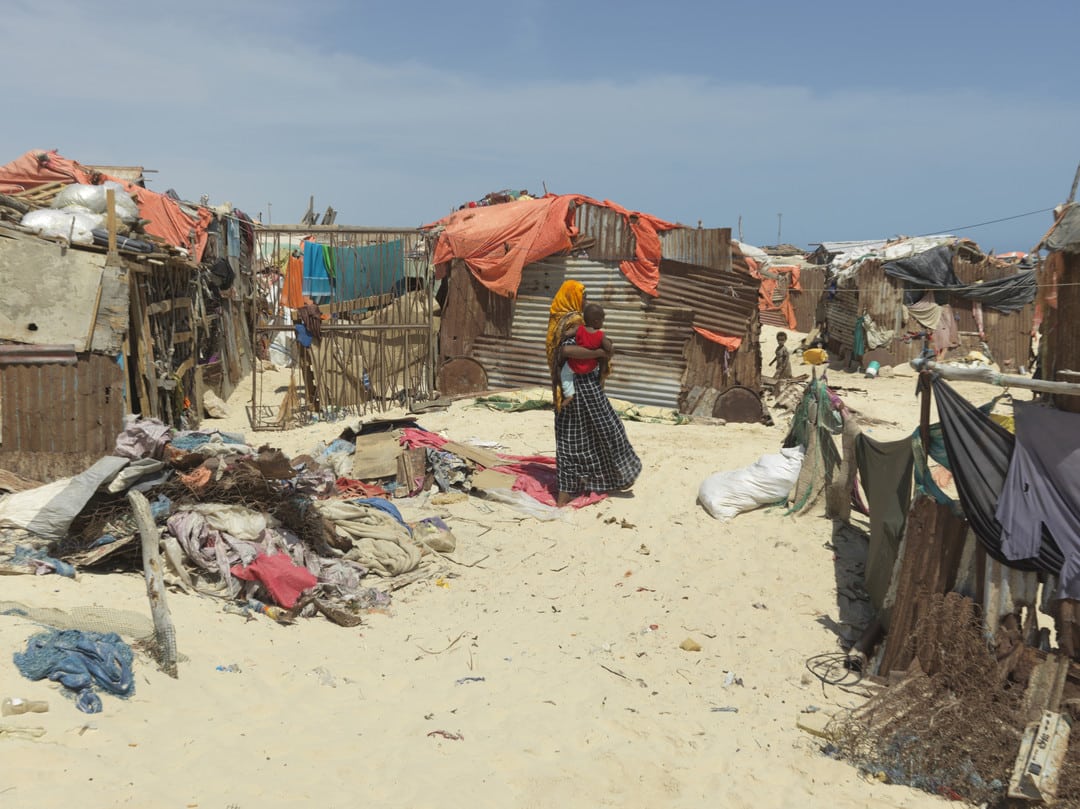Hollow Commitments 2025: An Analysis of Developed Countries’ Climate Finance Plans and Targets
Wealthy countries are still falling short on their climate finance promises—especially for adaptation—according to Hollow Commitments 2025, a new report by CARE Denmark. Of the 27 developed countries assessed, including all G7 nations, only Denmark, New Zealand, and the Netherlands explicitly aim to allocate at least 50% of their climate finance to adaptation, as outlined in the Paris Agreement. Most others remain far from this goal, despite pledging in the Glasgow Climate Pact to double adaptation finance by 2025.
CARE estimates that bilateral adaptation finance will reach just $12 billion—only 30% of the $40 billion target—and may drop to $10 billion by 2026 due to aid cuts. This shortfall is pushing vulnerable, debt-ridden countries to seek costly loans from multilateral development banks, exacerbating their financial burdens. As CARE’s Senior Climate Advisor, John Nordbo, puts it: “Adaptation isn’t a policy choice—it’s a lifeline.”
The UN says developing countries need $300 billion annually for adaptation, yet current funding is well off-track. Most wealthy nations offer no clear targets, implementation timelines, or transparency in their plans, making adaptation finance unreliable for communities already facing worsening climate impacts. CARE calls this a failure of climate justice and urges action ahead of COP30.
With global finance goals for 2035 looming, Hollow Commitments 2025 warns that the world risks repeating past failures. Only eight countries have targets beyond 2025, and none have committed finance for loss and damage. Efforts to scale up private finance lack detail, with just three countries setting quantitative goals. CARE calls for a credible “Baku to Belém Roadmap to $1.3 trillion” to restore trust and deliver on adaptation, mitigation, and loss and damage finance.
Hollow Commitments 2025 Report
Download the full report here.
